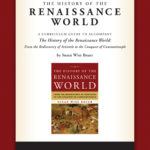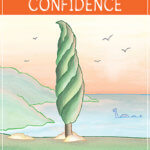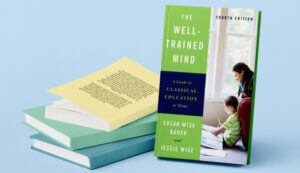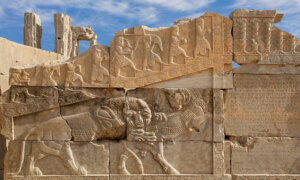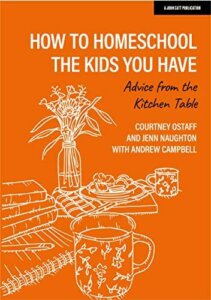
Teaching logic-stage students history can be a challenge. You want to encourage students to own their history studies, rather than simply following your lead. How can you do this?
Try the following five tips. These can also help you to make a simpler narrative text such as The Story of the World series more appropriate to logic-stage studies.
As you work with your middle-grade student, you should already be making use of regular history reading, outlining, producing a timeline, engaging primary sources, and writing. Think about adding two or more of the following techniques:
- Make Reading Dramatic: Have your student reread a text out loud dramatically. If the particularly chapter has a story accompanying it, ask your student to act it out a bit. Tell him or her to give the characters in history a funny voice (try on a French accent for Charlemagne, or a British one for Henry VIII).
As a bonus, ask the student to deploy this technique at the family dinner table to explain a particular story to everyone. - Supercharge the Timeline: Ask your student to add pictures, whether he or she draws the picture or prints them off the internet. Some students love to draw comic strips and this can make for a great way to “highlight” important events in history, like the fall of Rome. You’ll be amazed at what your student thinks Attila the Hun looks like.
- Commission a Craft: Maybe your student likes modeling with clay or wood; or drawing maps and sketching plans; or he or she sews. Whatever the hobby talent, have them model a Viking Ship, or draw the pilgrimage of Mansa Musa, or design a full-size samurai outfit. Whenever you study a particular historical phenomenon, ask yourself: How can we make this three-dimensional?
- Be the Teacher. Ask your student to pick a topic, and then require them to give you a fifteen-minute lesson. Challenge them to prepare materials, including slides and images, and walk you through history. Your student can even make up quizzes and tests–and give them to you afterwards!
For a twist, pretend your student is a famous professor and interview him or her on your news show. Record it and then share the video with relatives! - Plan a “time travel” trip. Hand your student a miniature phone booth, inform him or her that he is now a Timelord, and ask him to plan a family vacation in some or several past civilizations. Who wouldn’t want to visit the great Mayan and Inca cities when they were alive? Or see the first World’s Fair at the Crystal Palace in London? Make sure the student prepares all the arrangements including accommodations, costs (he’ll have to do some research on that!), and entertainment!
During the logic stage, students transition from solely familiarizing themselves with persons, facts, events, and dates, to making connections among these. Just as importantly, students are ready to see how history functions as the backbone of their classical education, allowing history to help organize what students encounter in literature and music, art and science. The tips above, combined with a solid foundation, will push your student to own their study of history.
Recommended Products
-
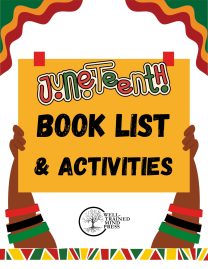
Juneteenth Booklist & Activities
0 out of 5$0.00 Add to cart -
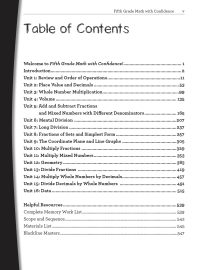
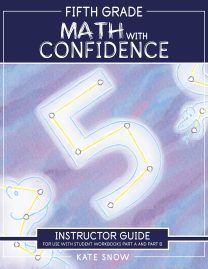
Fifth Grade Math with Confidence Instructor Guide
0 out of 5Starting at:$36.95Original price was: $36.95.$27.71Current price is: $27.71. Select options -
Sale!

Hansel & Gretel and Other Stories: Downloadable MP3
0 out of 5$12.95Original price was: $12.95.$9.71Current price is: $9.71. Add to cart -
Sale!
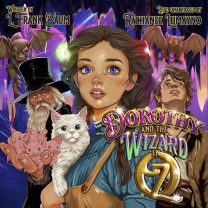
Dorothy and the Wizard in Oz: Downloadable MP3
0 out of 5$25.95Original price was: $25.95.$19.46Current price is: $19.46. Add to cart -
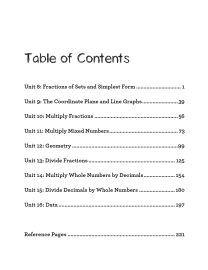 Sale!
Sale!
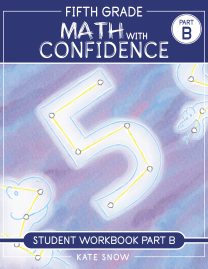
Fifth Grade Math with Confidence Student Workbook B
0 out of 5$16.46 – $21.56 Select options This product has multiple variants. The options may be chosen on the product page -
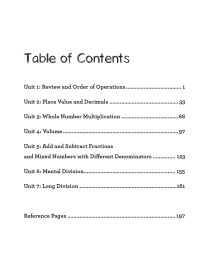 Sale!
Sale!
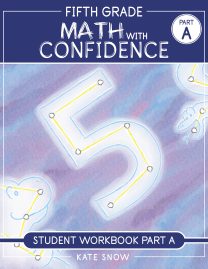
Fifth Grade Math with Confidence Student Workbook A
0 out of 5$16.46 – $21.56 Select options This product has multiple variants. The options may be chosen on the product page
ABOUT THE AUTHOR
Susan Wise Bauer
Join over 100,000 homeschooling families
For the latest offers, educational insights, products and more.
By joining you agree to our privacy policy.




